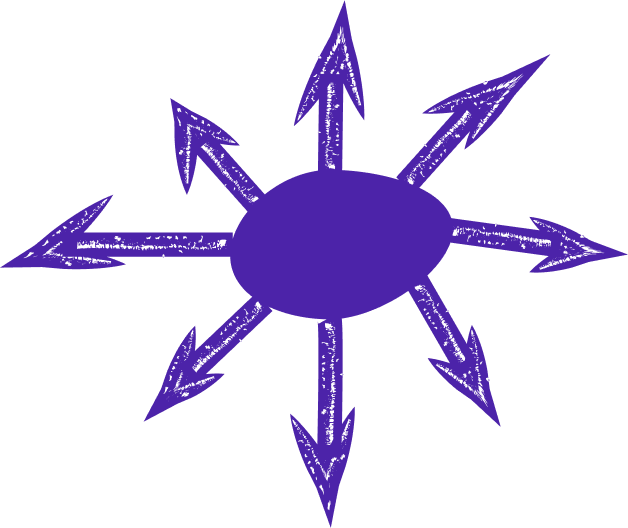
distributed computing
Distributed computing
What is Distributed Computing
Distributed computing is a powerful concept that has revolutionized the field of software development. At Startup House, we understand the importance of distributed computing in building scalable and efficient applications. In this section, we will explore the definition, background, key principles, and components of distributed computing.
Definition:
Distributed computing refers to the use of multiple computers or servers to solve a complex problem or perform a task. It involves breaking down a large task into smaller sub-tasks and distributing them across different machines, which work in parallel to achieve the desired outcome. This approach allows for faster processing, improved fault tolerance, and enhanced scalability.
Background:
The concept of distributed computing emerged as a solution to the limitations of traditional centralized computing systems. In the past, a single machine would handle all the computational tasks, which often led to performance bottlenecks and restricted the system's ability to handle large workloads. Distributed computing overcomes these limitations by leveraging the combined power of multiple machines.
Key Principles:
There are several key principles that underpin distributed computing:
- Decentralization: Distributed computing systems are decentralized, meaning that there is no single point of control. Instead, each machine in the system has its own processing power and autonomy.
- Concurrency: Distributed computing systems are designed to handle multiple tasks simultaneously. This concurrency allows for efficient utilization of resources and faster execution of complex operations.
- Scalability: Distributed computing systems can easily scale by adding more machines to the network. This scalability ensures that the system can handle increasing workloads without compromising performance.
- Fault Tolerance: Distributed computing systems are resilient to failures. If one machine fails, the tasks assigned to it can be automatically reassigned to other machines, ensuring uninterrupted operation.
Components:
Distributed computing systems consist of various components that work together to achieve the desired outcome. These components include:
- Computational Nodes: These are the individual machines or servers that participate in the distributed computing system. Each node contributes its processing power to perform the assigned tasks.
- Communication Network: The communication network connects the computational nodes, enabling them to exchange data and coordinate their actions. This network can be a local area network (LAN) or a wide area network (WAN).
- Middleware: Middleware is the software layer that facilitates communication and coordination between the computational nodes. It provides the necessary tools and protocols to ensure seamless interaction within the distributed system.
- Task Scheduler: The task scheduler is responsible for dividing the workload into smaller tasks and assigning them to the computational nodes. It ensures that the tasks are distributed evenly and efficiently across the system.
At Startup House, we leverage the power of distributed computing to develop high-performance software solutions. By utilizing the principles and components of distributed computing, we can build scalable and efficient applications that meet the evolving needs of our clients.
Let’s build your next digital product — faster, safer, smarter.
Book a free consultationWork with a team trusted by top-tier companies.








